I’ve already written about how Ted Lasso was my favorite show of 2020, and I know I’m not alone in that opinion (I mean, the Television Academy bestowed 20 Emmy nominations on the series, so at least they seem to agree). The first season of the critically acclaimed comedy was a bright and hopeful oasis in a year full of dread. Even now, when I’m feeling low I go back and watch an episode or two, or even a single scene, and it never fails to lift my spirits. But that familiar feeling of mucho, mucho joy is a different experience than watching it for the first time. The excitement of not knowing what’s going to happen next—and this show revels in defying expectations like few others I’ve seen—is something you only get the first time around. I have to say, I’ve missed that.
And so, when I got access to early screeners for Season 2, you bet I dove in faster than Rebecca opening a fresh box of Ted’s famous shortbread biscuits. I’ve now gobbled up eight of the season’s 12 episodes, but don’t worry, I won’t spoil them here. Even if it wouldn’t get me into trouble (it definitely would), I think it’s better to preserve that sense of discovery I mentioned earlier. So I’ll keep the details vague. If you really don’t want to know anything you may not want to continue reading, but then if you saw the title of this article and clicked anyway, I don’t know what to tell you. How about this: I won’t spoil anything I wouldn’t have wanted to know myself. Good enough?
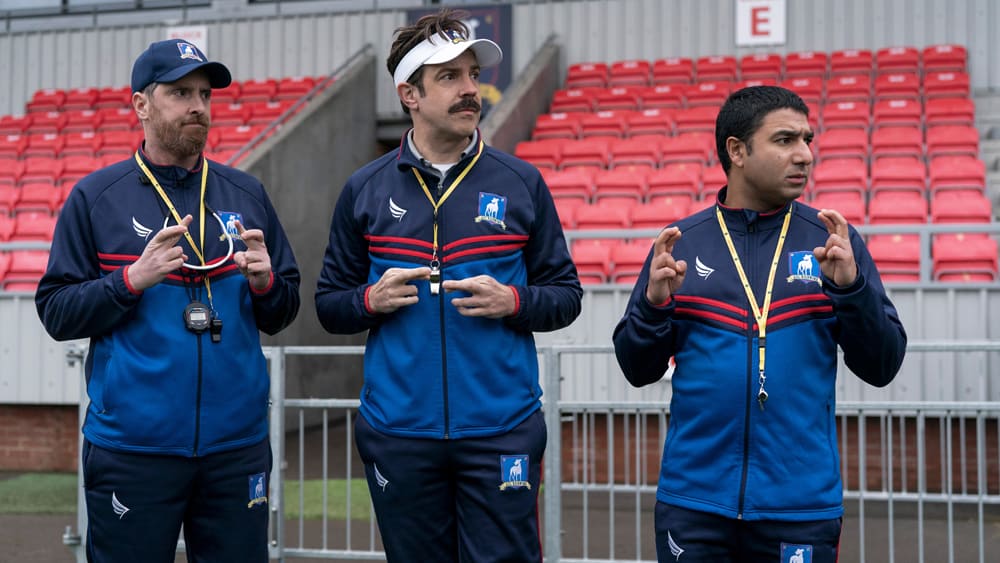
In case you need a refresher as to where we left things at the end of last season (and here I will go into detail), Rebecca confessed to Ted her plan to undermine him and he forgave her, as did Higgins. Roy acknowledged, with the help of Keeley and Phoebe, that there was more to life than being a professional footballer. Nate the Great got promoted from ball boy to coach. And Jaime finally learned to pass the ball, except that he was on the opposing team at the time. That fateful pass led to a winning goal for Manchester City and relegation for Richmond. The team wallowed in their sorrows together and agreed to be goldfish (in case you’re a goldfish—they’re blessed with a 10-second memory). Despite losing, Ted got to keep his job and he and Rebecca toasted to the prospect of a comeback.
It was an emotional finale, and yeah, a bit of a downer seeing this team you’ve rooted for all season lose like that. But the show’s writers were sending an important reminder with that ending: don’t assume you know where this story is going. All along, they’ve committed to telling the story the way it needs to be told, a way that’s authentic and real. As much as we talk about Ted Lasso being full of light and hope, it has its darker moments too. And it’s those moments of shadow that give the light depth and meaning. Keep that in mind going into Season 2.
As if to bookmark that point and really drive it home, the first season opens with a bit of tragedy and a lot of irony. Sports professionals are notoriously superstitious—as we saw in the ceremony to lift the “curse” last season—but in this case you can’t really blame them. It does seem like the events of last season have come back to haunt them. Actually, nearly everyone on the show is haunted in some way. Whether its past relationships, childhood traumas, professional missteps, or devastating accidents beyond their control. Sounds like they could all use a good therapist, right? Enter Dr. Sharon Fieldstone, a new character played by Sarah Niles. She’s a fascinating addition to the cast, and more than a match for Ted, who—despite his seemingly healthy outlook on life and skepticism towards mental-health professionals—is probably the one who needs her help the most.
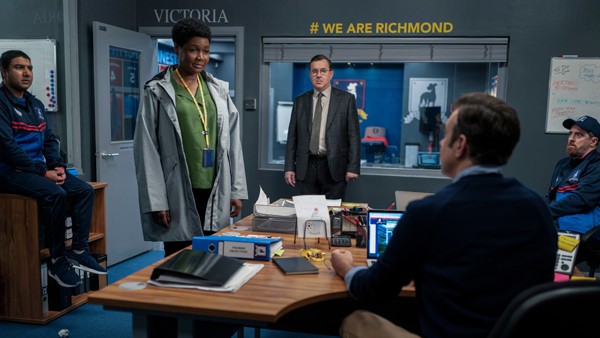
From the beginning, this show has set out to debunk the archetype of toxic masculinity, and that continues in Season 2 in new and unexpected ways. We’ve seen the antidote—support, mentorship, understanding—and the alternative that Ted, Coach Beard, Higgins, and many of the players represent. This season delves, sometimes uncomfortably, into the root causes of that toxicity. Ted Lasso the show (and, for that matter, Ted Lasso the man) puts a lot of emphasis on inner character, as defined in large part by the way a person treats other people. If kindness is contagious, the reverse also applies—unkindness breeds unkindness. People who are hurting tend to lash out at others, and the cycle repeats. It’s not a pretty truth, but it’s human.
The writers build on what worked the first time around in other ways, too. In a show full of wonderful characters, one of the best revelations last season was Emmy-nominee Brett Goldstein’s Roy Kent. In terms of romantic archetypes, it’s hard to beat the combination of a tough exterior surrounding a soft, gooey center. At the end of last season it seemed like he’d played his last football match, but with Keeley and Phoebe in his corner, we knew he was going to be okay. We’ll see where that leaves him this season, but rest assured you can always count on Roy to be Roy.
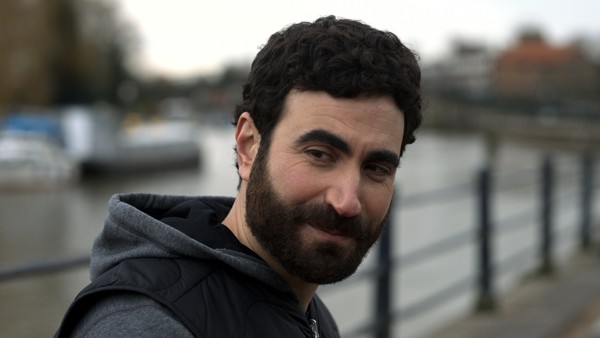
If you liked Season 1, strap in for another ride full of twists and turns. As you can tell from all the pop-culture references sprinkled in (I didn’t do an official count, but it feels like there’s more this season) the writers are well versed in all the tropes and remain determined to undermine them. The story doesn’t always go where you expect it to, but that’s the brilliance of Ted Lasso. In hindsight, it’s almost always the right choice.


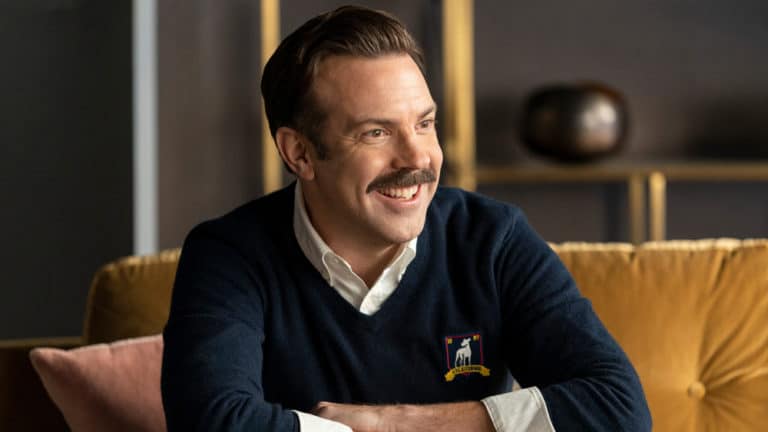
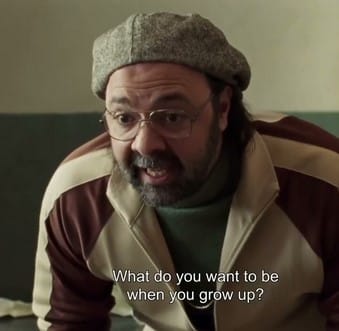


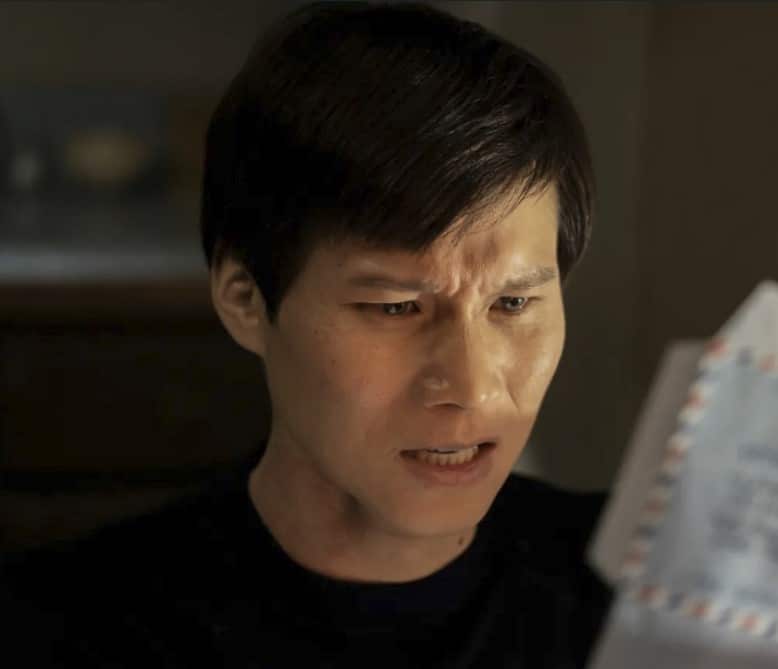


Start a watercooler conversation: